Energy Conversion in a Wind Power Plant
Categories: Engineering Lab EquipmentIt is used to study how kinetic wind energy is converted into electrical energy.The experimental plant consists of a wind tunnel and a control unit. The wind tunnel contains a wind power plant in labo...
Product
Description
It is used to study how kinetic wind energy is converted into electrical energy.
The experimental plant consists of a wind tunnel and a control unit. The wind tunnel contains a wind power plant in laboratory-scale and an axial fan. A rotor and a generator are the core elements of a wind power plant. The control unit includes the control elements for the axial fan, the storage components for the electrical energy and the electrical consumers.
The axial fan generates the air flow required to set the rotor of the wind power plant in rotational motion. A flow straightener ensures the flow is consistent and low in turbulence. A generator converts the rotor’s kinetic energy into electrical energy. The electrical energy is fed into a stand-alone system that is not connected to the mains grid. A charge controller in an accumulator provides intermediate storage of the electrical energy. The electrical energy can be used by means of an electrical load. There are two bulbs that can be used as consumers. Optionally, it is also possible to connect an external consumer (such as a heater). There is no provision to feed into a public power grid.
Learning Objectives/Experiments
Conversion of kinetic wind energy into electrical energy
Function and design of an stand-alone system with a wind power plant
Determining the power coefficient as a function of tip speed ratio
Energy balance in a wind power plant
Determining the efficiency of a wind power plant
Specification
Converting kinetic wind energy into electrical energy
Laboratory-scale wind power plant, stand-alone operation
Axial fan with continuously variable speed (wind velocity)
Flow straightener for consistent wind conditions
Generator for converting the kinetic energy into electrical energy
Accumulator for storing the electrical energy
Two bulbs as electrical load (consumers)
Measurement of wind velocity in front of and behind the rotor
Measurement of rotational speed of the rotor
Measurement of current and voltage
Digital displays for the measured values
Technical data
Axial fan
max. volumetric flow rate: 5m3/s
max. power: 1,5kW
Rotor
Ø 510mm
Generator
max. output: 60W
voltage: 12VDC
max. charging current: 5A
Accumulator
voltage: 12VDC
capacity: 8Ah
Electrical load (bulbs)
voltage: 12VDC
power: 55W each
Measuring ranges
wind velocity: 0,3…50m/s
speed: 0…3000min-1
voltage: 0…20VDC
current: 0…35A
400V, 50Hz, 3 phases
400V, 60Hz, 3 phases; 230V, 60Hz, 3 phases
quick overview :
It is used to study how kinetic wind energy is converted into electrical energy.
The experimental plant consists of a wind tunnel and a control unit. The wind tunnel contains a wind power plant in laboratory-scale and an axial fan. A rotor and a generator are the core elements of a wind power plant. The control unit includes the control elements for the axial fan, the storage components for the electrical energy and the electrical consumers.
The axial fan generates the air flow required to set the rotor of the wind power plant in rotational motion. A flow straightener ensures the flow is consistent and low in turbulence. A generator converts the rotor’s kinetic energy into electrical energy. The electrical energy is fed into a stand-alone system that is not connected to the mains grid. A charge controller in an accumulator provides intermediate storage of the electrical energy. The electrical energy can be used by means of an electrical load. There are two bulbs that can be used as consumers. Optionally, it is also possible to connect an external consumer (such as a heater). There is no provision to feed into a public power grid.
Learning Objectives/Experiments
Conversion of kinetic wind energy into electrical energy
Function and design of an stand-alone system with a wind power plant
Determining the power coefficient as a function of tip speed ratio
Energy balance in a wind power plant
Determining the efficiency of a wind power plant
Specification
Converting kinetic wind energy into electrical energy
Laboratory-scale wind power plant, stand-alone operation
Axial fan with continuously variable speed (wind velocity)
Flow straightener for consistent wind conditions
Generator for converting the kinetic energy into electrical energy
Accumulator for storing the electrical energy
Two bulbs as electrical load (consumers)
Measurement of wind velocity in front of and behind the rotor
Measurement of rotational speed of the rotor
Measurement of current and voltage
Digital displays for the measured values
Technical data
Axial fan
max. volumetric flow rate: 5m3/s
max. power: 1,5kW
Rotor
Ø 510mm
Generator
max. output: 60W
voltage: 12VDC
max. charging current: 5A
Accumulator
voltage: 12VDC
capacity: 8Ah
Electrical load (bulbs)
voltage: 12VDC
power: 55W each
Measuring ranges
wind velocity: 0,3…50m/s
speed: 0…3000min-1
voltage: 0…20VDC
current: 0…35A
400V, 50Hz, 3 phases
400V, 60Hz, 3 phases; 230V, 60Hz, 3 phases
Product
Reviews
add Review
reviews
No Review Yet.
Copyrights © 2025 All Rights Reserved by Atico

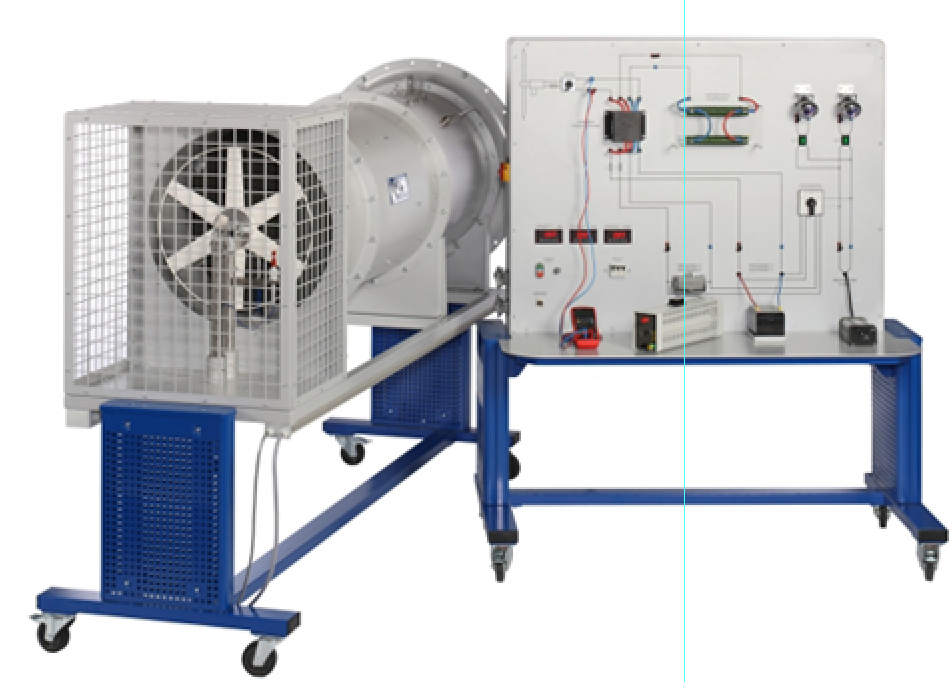




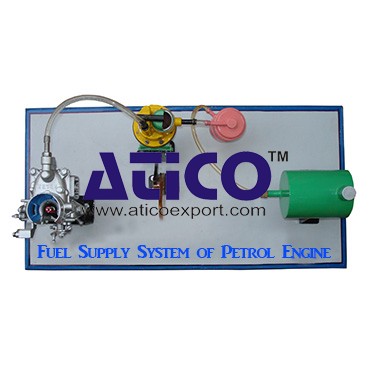

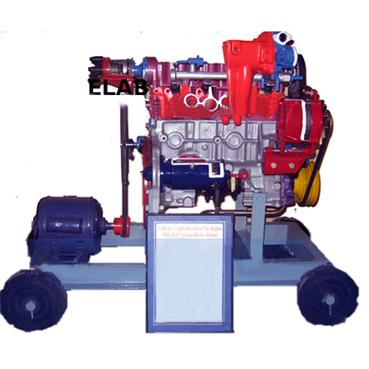
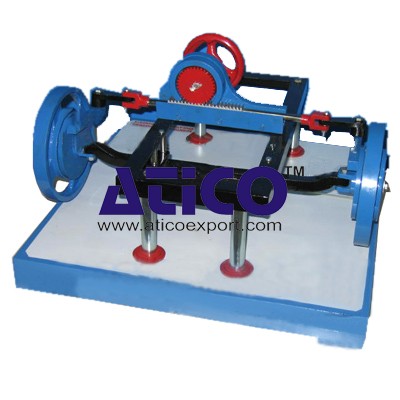



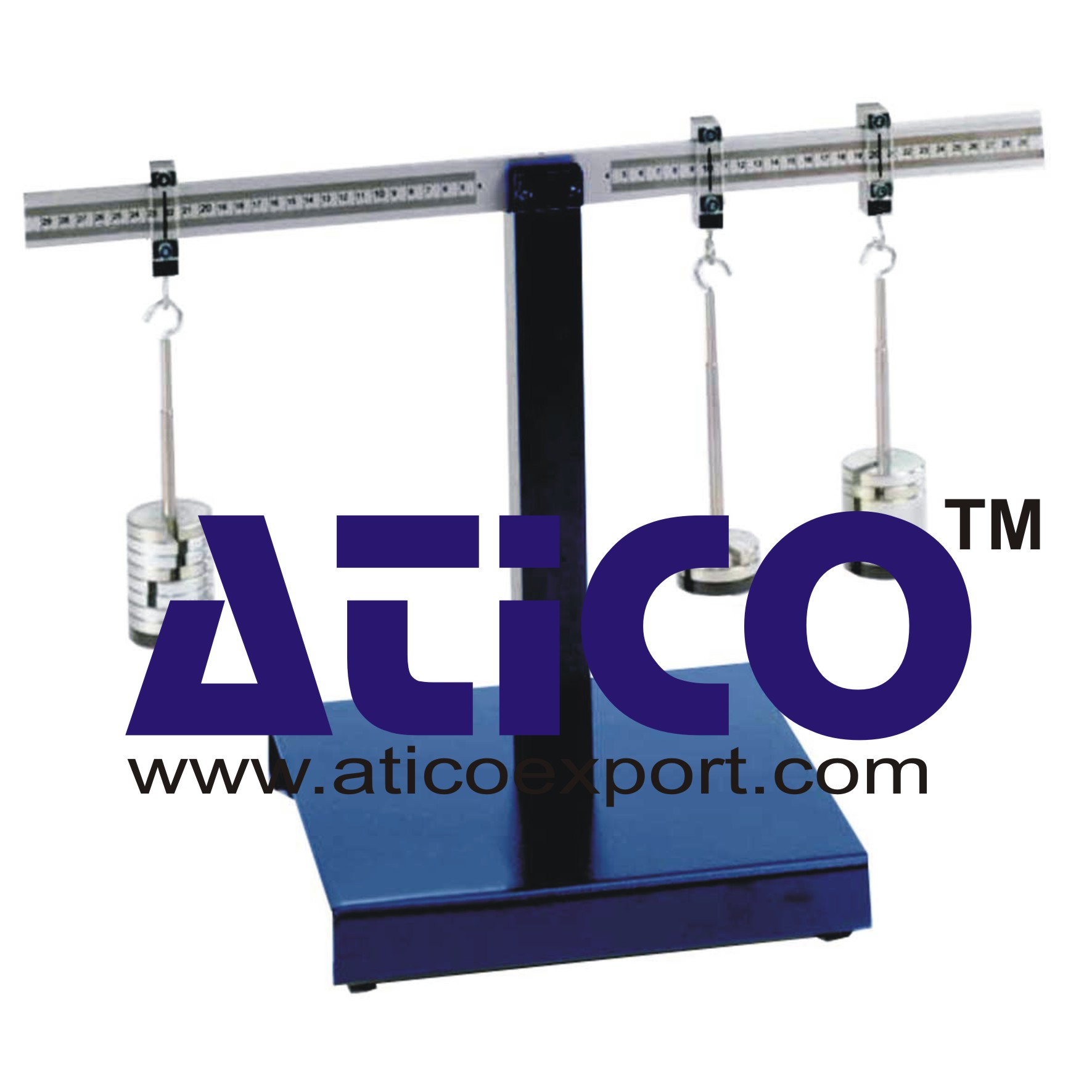
Product
Reviews
add Review
reviews
No Review Yet.